Mercer infection is also popularly known as the staph infection or MRSA. This infection is widely known and affects more than 30% of the population worldwide.
Types of Mercer Infection
Mercer infection can be divided into two types: hospital-associated MRSA and community-associated MRSA. The first type of this infection is obtained in health care centers, while the second type is contracted by skin-to-skin contact in public places. Staphylococcus bacteria can be found everywhere and also on our skin. These bacteria are harmless until they penetrate the body through some open wound or cut.
However, there are ordinary staph infections and Mercer staph infections, and it is known that infections caused by bacteria are treated with antibiotics. When the bacteria can be eliminated with antibiotics, then the staph infection is ordinary. On the other hand, when the bacteria are resistant to the antibiotics, Mercer staph infection occurs, which happens because of the overuse of antibiotics.
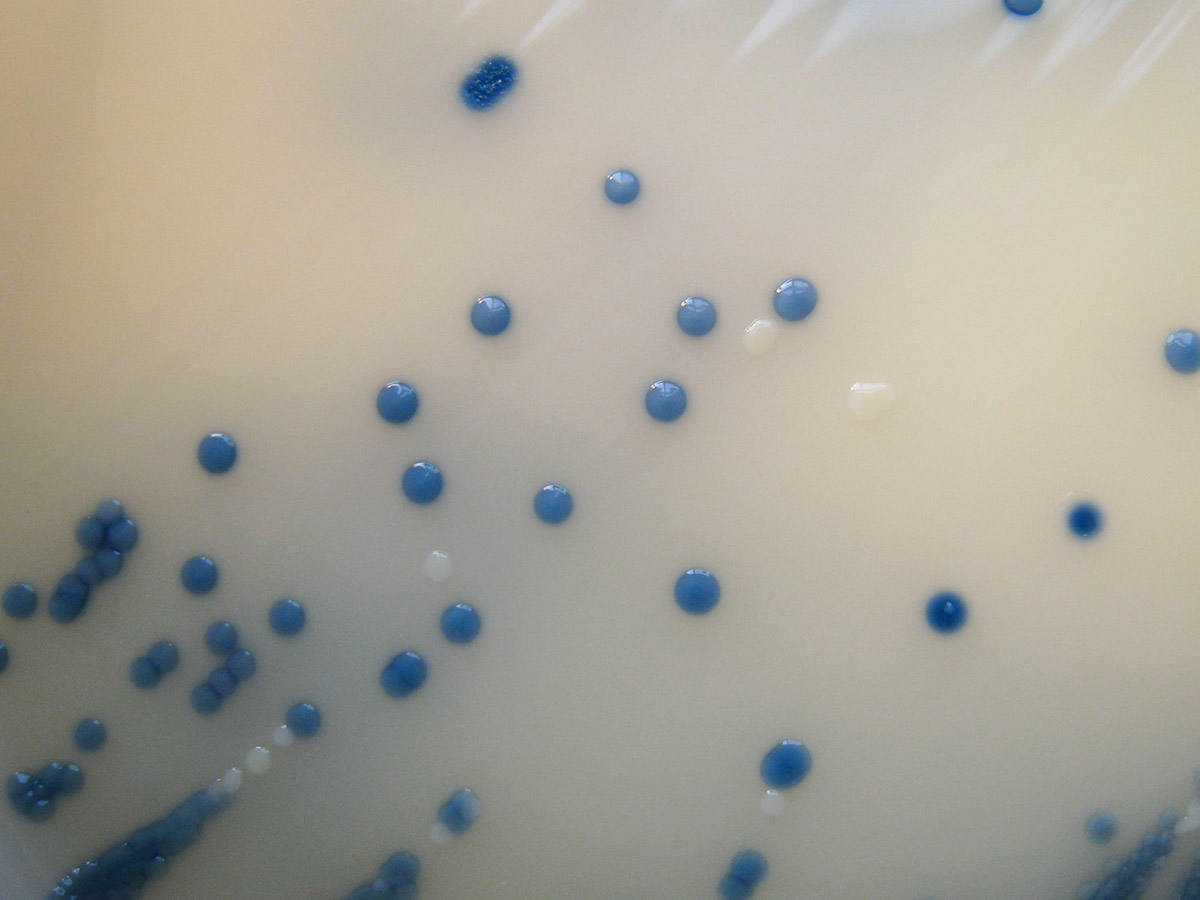
Symptoms of Mercer Infection
The most common symptom of this condition is the outbreak of tiny red bumps that look like spider bites. In many cases, these bumps develop into abscesses and must be drained. The symptoms of mercer infection are usually seen only on the skin, but when mercer infection affects the bones, lungs, heart, and blood, it can even be fatal. Mercer infection can be detected by a blood test, but other alternatives include a biopsy of the infected area and a urine test.
- From April to June 2015, patients presenting to the tertiary hospital emergency department with a Staphylococcus aureus CA-SSTI were prospectively enrolled. S. aureus isolates were characterized by antimicrobial susceptibility testing, detection of Panton–Valentine leucocidin encoding genes and spa-typing, MLST and/or DNA microarray.
- Two-hundred and five cases of S. aureus-associated CA-SSTIs were included, comprising folliculitis, furuncles, abscesses, paronychia, impetigo, carbuncles and cellulitis. Of the 205 cases, we report an MRSA prevalence rate of 15.1%, with a north (0%) to south (29%) increasing gradient.
- Fifty-one isolates were Panton–Valentine leucocidin-positive (24.9%), whether MSSA or MRSA, with a heterogeneous distribution between countries. Clonal distribution of MSSA and MRSA showed high diversity, with no predominant circulating clone and no archetypical USA300 CA-MRSA clone.
Treatment of Mercer Infection
In the majority of the cases, the doctors treat mercer infections with current treatments and by draining the abscesses. Vancomycin and Methicillin are antibiotics to which MRSA is still not resistant, therefore, these antibiotics are widely used when treating this type of staph infection.
Prevention of Mercer Infection
Since one type of mercer infection is picked up in hospitals and other health care centers, it is very important to keep these objects clean. Therefore, sanitation, as well as isolation of the infected patient, is crucial to prevent the spreading of the infection. The use of catheters and latex gloves and thorough and constant washing of hands of stuff in the hospitals are also some important measures.
Community-associated mercer infections can be reduced by improving personal hygiene, but regular washing of hands is necessary as well. One person should only use his/her own towel and not share it with other people. If one has an open wound, it should be well bandaged.



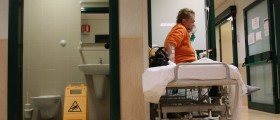

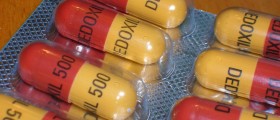




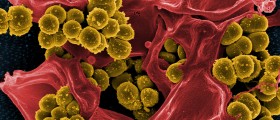


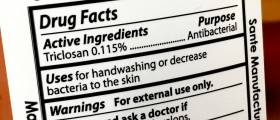



Your thoughts on this
Loading...